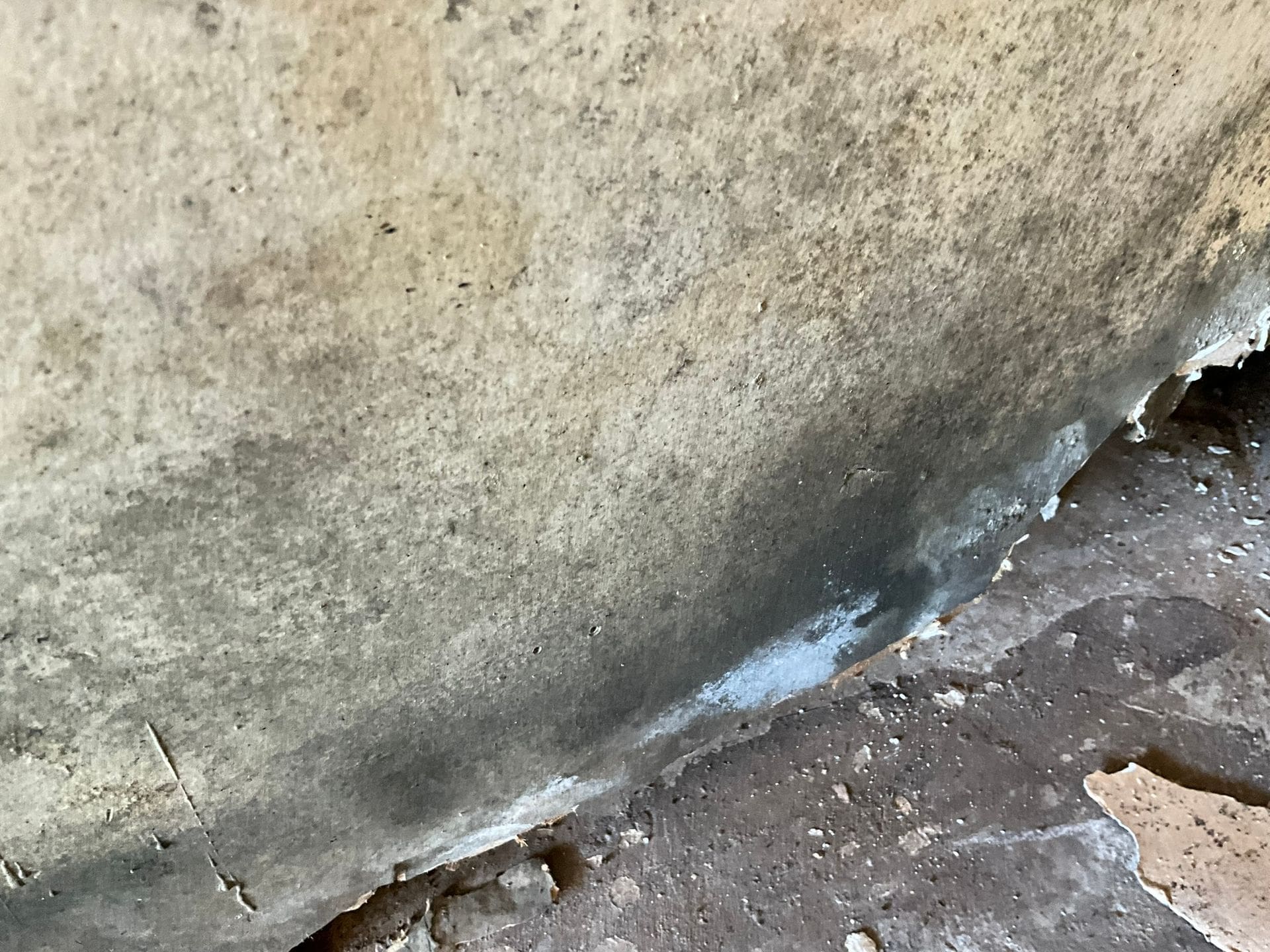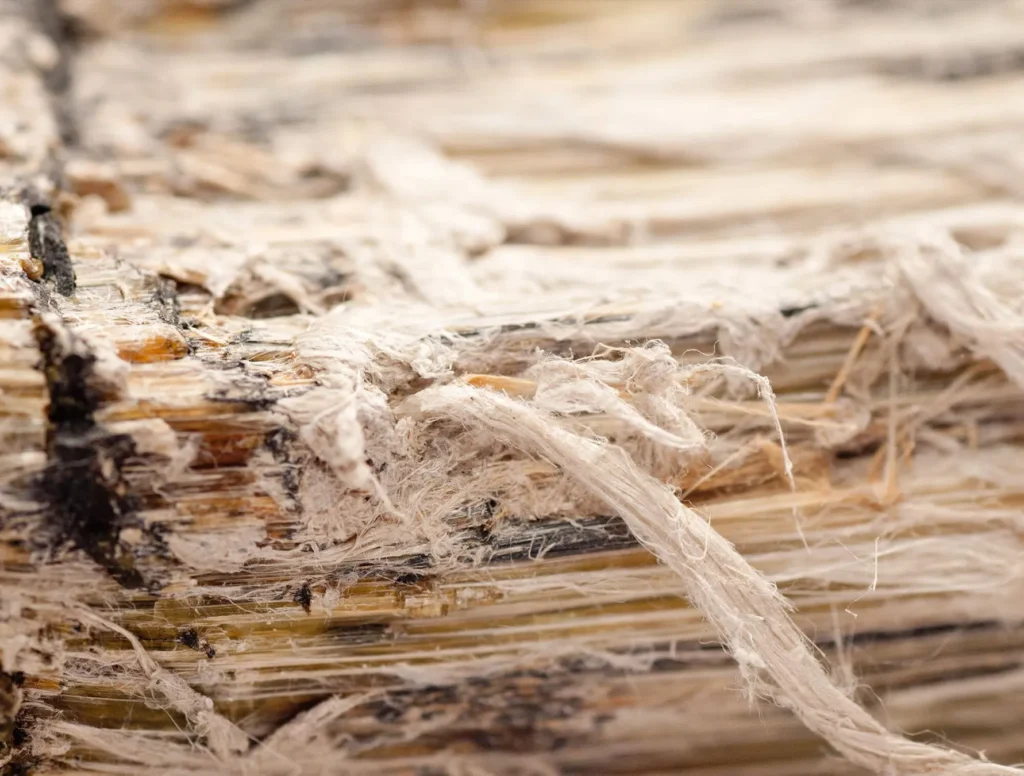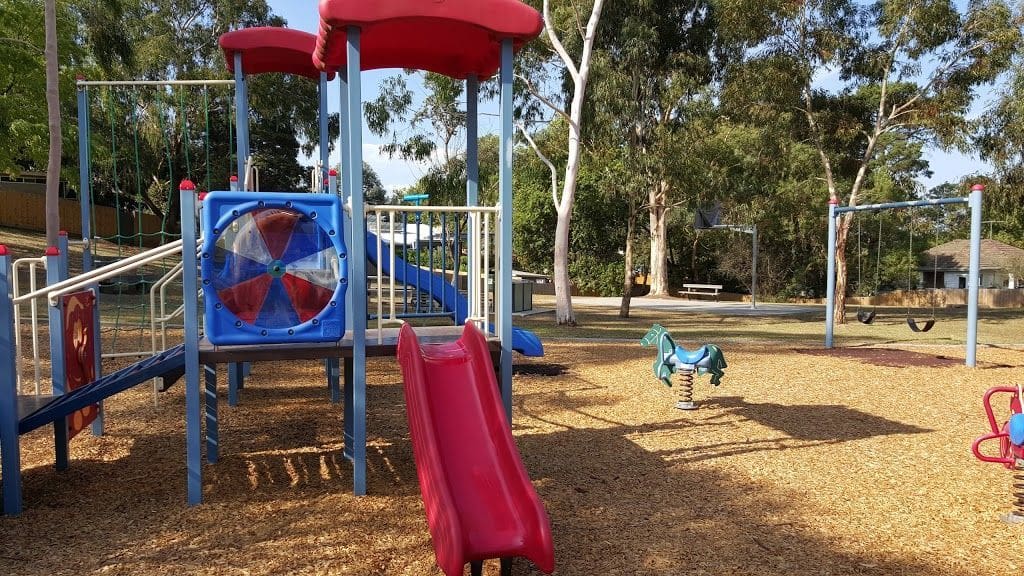Unwanted House Guests: Understanding and Dealing with Mold

Have you ever noticed strange spots on your walls or ceilings that seem to be growing? Or perhaps a musty smell that just won’t go away no matter how much you clean? You might be dealing with a mold infestation in your home. Mold is a common issue that many homeowners face, but understanding why it grows and how to deal with it can help you keep your home clean and safe for you and your family.
Understanding Mold
Mold is a type of fungus that plays a vital role in nature by breaking down dead organic matter outdoors, such as fallen leaves and trees. However, when mold finds its way indoors and lands on wet surfaces, it can start to grow and become a problem. Mold reproduces through tiny spores that are invisible to the naked eye and can float through both outdoor and indoor air.
There are many types of mold, and they come in various colors, but they all have one thing in common: they need moisture to grow. Without water or moisture, mold cannot thrive indoors. This is why controlling moisture levels in your home is crucial for preventing mold growth.
Types of Toxic Mold
Some molds are more harmful than others. The most common toxic molds include:
- Stachybotrys chartarum (Black Mold): Known for its dark greenish-black color, this mold produces mycotoxins that can cause severe health issues.
- Aspergillus: This mold can produce aflatoxins, which are toxic and carcinogenic.
- Penicillium: While some species are used in antibiotic production, others can cause allergic reactions and respiratory issues.
Health Risks of Mold Inside Your House
Mold exposure can lead to a variety of health symptoms, especially for those with allergies, asthma, or weakened immune systems. Common symptoms include:
- Respiratory issues such as coughing, wheezing, and shortness of breath.
- Allergic reactions like sneezing, runny nose, and red eyes.
- Skin irritation and rashes.
Can Mold Cause Long Term Health Problems?
Yes, mold can cause significant health problems. In addition to allergic reactions and respiratory issues, prolonged exposure to mold can lead to more severe conditions such as:
- Chronic sinus infections.
- Asthma attacks in individuals with asthma.
- Infections in people with weakened immune systems.
Testing Your Home for Mold
Testing for mold in your home can help identify the presence and type of mold, allowing for appropriate remediation. Here are some methods:
- DIY Mold Test Kits: These kits can be used to collect samples from surfaces or the air, which are then sent to a lab for analysis. Using these kits may help to identify major problems but can also result in mold spores being missed.
- Professional Mold Inspections: Hiring a professional can provide a thorough assessment and accurate identification of mold types. Professional mold inspectors know the best locations and methodology to use for testing to ensure that mold problems in your home are identified. They can also test for moisture levels that may contribute to future mildew growth.
Where is Mold Found at Home?
Mold can be found in various places around the home, especially in areas with high moisture levels. Common locations include:
- Bathrooms: Under sinks, around bathtubs, and in shower stalls.
- Kitchens: Under sinks, behind appliances, and in pantry areas.
- Basements and Attics: In corners, on walls, and around windows.
How to Prevent Mold Inside Your House
Preventing mold growth involves controlling moisture levels in your home. Here are some tips:
- Fix Leaks Promptly: Repair any leaks in your plumbing, roof, or windows as soon as possible.
- Use Dehumidifiers: Keep indoor humidity levels below 60% to discourage mold growth.
- Ventilate Properly: Ensure proper ventilation in moisture-prone areas like bathrooms and kitchens.
- Clean and Dry Wet Areas: Immediately clean and dry any areas that get wet, such as after spills or leaks.
Dealing with Mold at Home
If you discover mold growth in your home, it’s essential to address it promptly to prevent further damage and health risks. Here are some steps to take when dealing with mold:
- Act Quickly: Mold can cause significant damage the longer it grows unchecked. Act promptly to clean up mold and fix any water problems contributing to its growth.
- Assess the Extent: Determine the size of the mold problem. If it covers less than 10 square feet, you can typically handle the cleanup yourself following recommended guidelines. For larger infestations or extensive water damage, consider seeking professional help.
- Consult Professionals: If you’re unsure how to proceed or if the mold problem is extensive, consider consulting mold remediation professionals who have experience dealing with mold cleanup.
- Protect Yourself: When cleaning up mold, wear protective gear such as gloves, goggles, and a mask to avoid exposure to mold spores.
- Prevent Future Growth: After cleaning up mold, address the underlying water problem to prevent mold from returning. Maintain a dry and well-ventilated environment in your home to discourage mold growth.
Final Thoughts on Mold Growth Inside Your Home
Mold growth in your home is a common problem that requires prompt attention to prevent health risks and property damage. By understanding why mold grows, taking preventive measures to control moisture, and addressing mold infestations promptly, you can keep your home clean, safe, and mold-free for you and your family.
EnviroPro provides mold testing and inspection services in the areas surrounding Augusta, GA including the Georgia cities of: Augusta, Savannah, Macon, Warner Robins, Athens, Martinez, Statesboro, Evans, Milledgeville, Grovetown, and the South Carolina cities of: Columbia, Greenville, North Charleston, Rock Hill, Summerville, Sumter, Spartanburg, Hilton Head Island, Aiken, Anderson, Greenwood, Greer, Wade Hampton, Taylors, Mauldin, North Augusta, Bluffton, Lexington, Goose Creek, Newberry.


